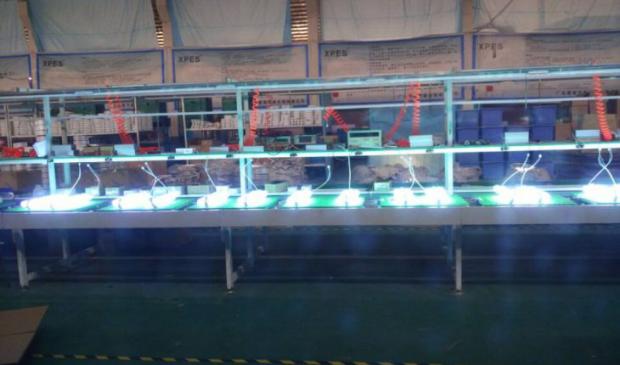
Breaking News
 Is Too Late to Establish a Department of Peace?
Is Too Late to Establish a Department of Peace?
 Making Corporatism Great Again
Making Corporatism Great Again
 Could Trump End Up Triggering The Globalist "Great Reset"?
Could Trump End Up Triggering The Globalist "Great Reset"?
 SUDDEN DROP II : The Great Arizona Haboob of 2025
SUDDEN DROP II : The Great Arizona Haboob of 2025
Top Tech News
 Neuroscientists just found a hidden protein switch in your brain that reverses aging and memory loss
Neuroscientists just found a hidden protein switch in your brain that reverses aging and memory loss
 NVIDIA just announced the T5000 robot brain microprocessor that can power TERMINATORS
NVIDIA just announced the T5000 robot brain microprocessor that can power TERMINATORS
 Two-story family home was 3D-printed in just 18 hours
Two-story family home was 3D-printed in just 18 hours
 This Hypersonic Space Plane Will Fly From London to N.Y.C. in an Hour
This Hypersonic Space Plane Will Fly From London to N.Y.C. in an Hour
 Magnetic Fields Reshape the Movement of Sound Waves in a Stunning Discovery
Magnetic Fields Reshape the Movement of Sound Waves in a Stunning Discovery
 There are studies that have shown that there is a peptide that can completely regenerate nerves
There are studies that have shown that there is a peptide that can completely regenerate nerves
 Swedish startup unveils Starlink alternative - that Musk can't switch off
Swedish startup unveils Starlink alternative - that Musk can't switch off
 Video Games At 30,000 Feet? Starlink's Airline Rollout Is Making It Reality
Video Games At 30,000 Feet? Starlink's Airline Rollout Is Making It Reality
 Grok 4 Vending Machine Win, Stealth Grok 4 coding Leading to Possible AGI with Grok 5
Grok 4 Vending Machine Win, Stealth Grok 4 coding Leading to Possible AGI with Grok 5
Safe to human far ultraviolet C light bands can revolutionize public health...

The findings suggest that use of overhead far-UVC light in hospitals, doctors' offices, schools, airports, airplanes, and other public spaces could provide a powerful check on seasonal influenza epidemics, as well as influenza pandemics.
Scientists have known for decades that broad-spectrum UVC light, which has a wavelength of between 200 to 400 nanometers, or nm), is highly effective at killing bacteria and viruses by destroying the molecular bonds that hold their DNA together. This conventional UV light is routinely used to decontaminate surgical equipment.
"Unfortunately, conventional germicidal UV light is also a human health hazard and can lead to skin cancer and cataracts, which prevents its use in public spaces," said study leader David J. Brenner, PhD, the Higgins Professor of Radiation Biophysics at the Vagelos College of Physicians and Surgeons and director of the Center for Radiological Research at Columbia.

 HERE COMES THE MOTHERSHIP
HERE COMES THE MOTHERSHIP

